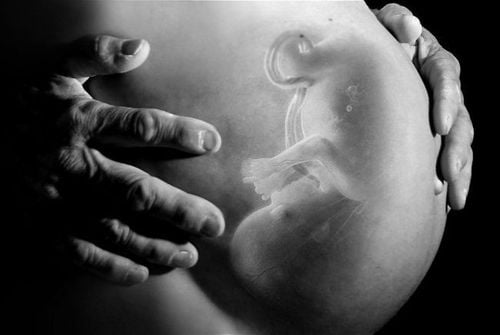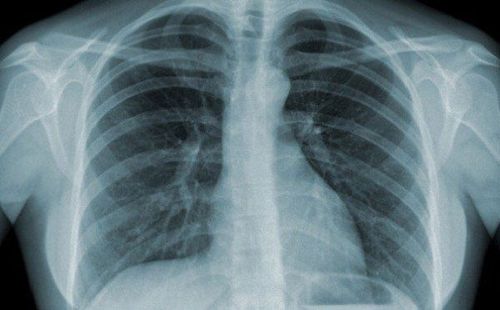This is an automatically translated article.
Posted by Resident Doctor, Master Tran Duc Tuan - Department of Diagnostic Imaging - Vinmec Central Park International General Hospital
Schuller X-ray technique, also known as the temporomandibular position. This is a common position and it is common practice that patients with otitis mastoiditis need radiographs to identify lesions.
1. Method overview
The Schuller position X-ray technique is used to show the two sides of the wall of the striatum and the atrial striatum, the temporomandibular joint of the subject. For the purpose of evaluating lesions in the mastoid sinus and temporomandibular joint.
When the patient has signs of ear pain or pain due to ear inflammation or due to various causes leading to signs of ear pain. At that time, the radiologist will ask you to take Schuller X-ray to clearly determine the condition of the disease so that there can be timely intervention and treatment.
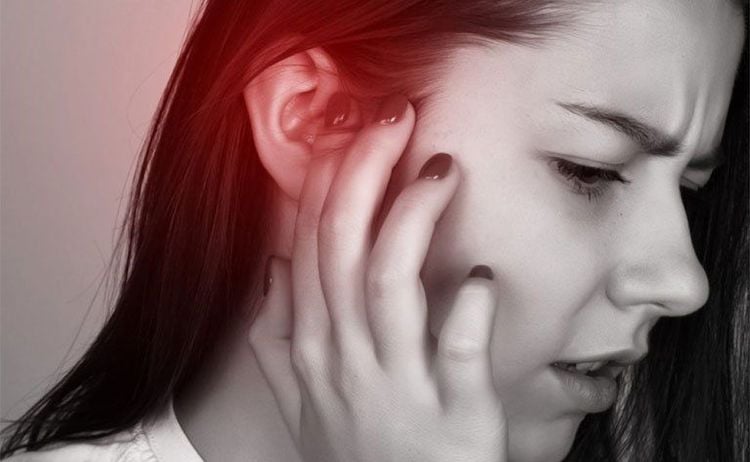
2. What diseases does Schuller's X-ray technique diagnose?
Schuller X-ray technique is indicated to diagnose some diseases as follows:
VIII nerve tumor; Patients with acute or chronic otitis media; Diseases of the temporomandibular joint, the patient has an underdeveloped ear; Cholesteatoma in the ear (a condition in which dead bone is surrounded by fatty tissue); Trauma with suspected fracture of stone bone; Semicircular fistula. Schuller X-ray technique has no absolute contraindications, but only relative contraindications for pregnant patients.
3. Preparing for Schuller X-Rays
The person performing the technique must be a radiologist and radiologist to operate the X-ray machine.
Means used for shooting include: Specialized X-ray machine, film, cassette, storage system.
Before taking the picture, the patient needs to follow the instructions of the doctor, hang the clothes as prescribed. Remove earrings, necklaces, and hairpins, if any.
Test card: The patient needs to prepare an X-ray order card
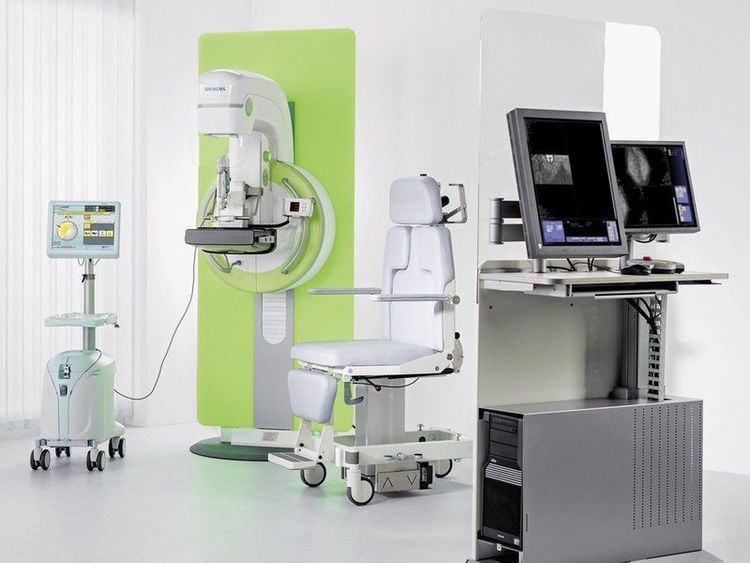
4. Steps to take Schuller X-ray
The doctor or technical staff instructs the patient to lie on his or her back, facing the direction to be taken, the opposite shoulder should be elevated. Place the frontal plane so that it is parallel to the film, with the patient's head tilted slightly so that the Virchow plane is parallel to the upper border of the film and the ear is in the middle of the film.
The center ray lies in the plane through the ear so that the ray hits the point 70mm from the opposite ear, the angle is about 25 to 30 degrees down to the foot and goes to the side of the ear on the side to be photographed. Take Schuller X-rays twice at the time of opening and closing the mouth to investigate the condition of the temporomandibular joint.
5. Processing results after X-ray Schuller
If the results are normal, the cells and their septum can be clearly seen.
If there is pathology, some characteristics are as follows:
The septum is opaque and the septum is not clear, the patient has acute mastoiditis. If the septum is opaque but the septum is absent, then chronic mastoiditis is present. On the background of the mastoid bone is blurred, with bright areas, surrounded by dark edges, looking like clouds, thinking of cholesteatoma lesions in chronic mastoiditis This Schuller X-ray technique has no complications. However, some errors may cause the technique to be re-implemented such as: the patient does not remain motionless during the imaging process, the joint image is not clearly revealed,...
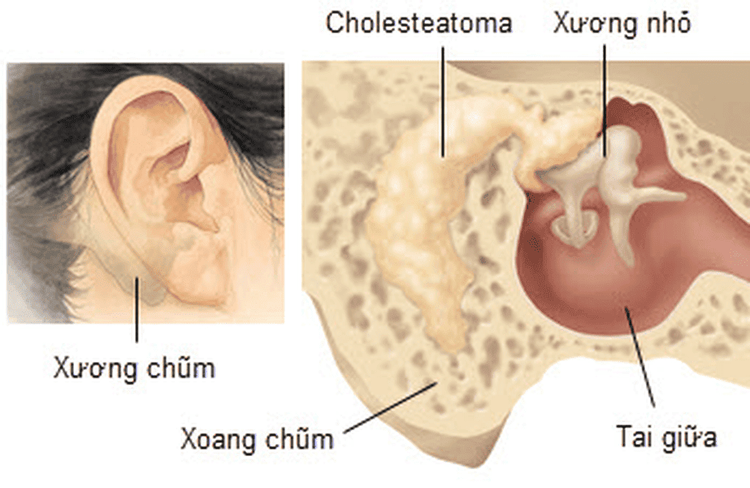
6. Learn more about Chaussé III . X-ray technique
Chaussé III X-ray method is used to complement Schuller imaging technique.
X-ray method Chaussé III shows the two sides of the wall of the striatum and the striatum. The results of Chaussé III X-ray to supplement the Schuller X-ray in evaluating lesions of the mastoid region.
6.1 Indications and contraindications to X-ray Chaussé III position Indications for X-ray examination Chaussé III position similar to Schuller position are the following diseases:
Acute and chronic otitis media; Ears do not develop; Cholesteatoma in the ear (dead bone surrounded by fatty tissue); Semicircular fistula; Neuroma VIII; Suspected fracture of the stone bone. X-ray Chaussé III has no absolute contraindications, temporary contraindications for pregnant women.
6.2. Chaussé III posture X-ray procedure
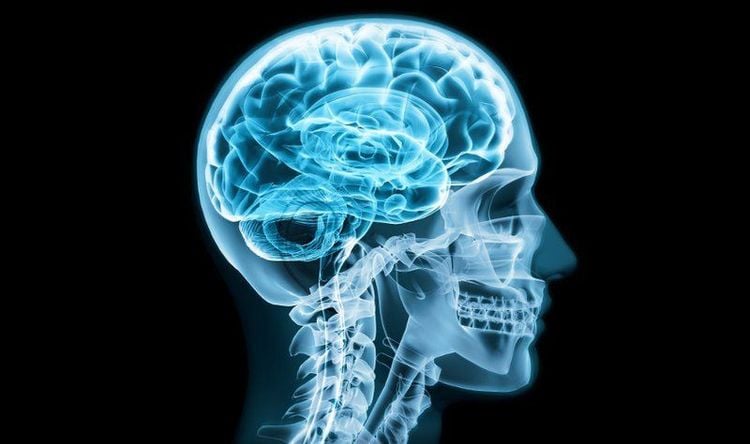
The specific X-ray procedure of Chaussé III is as follows:
The technician prepares supplies, the patient removes metal jewelry such as necklaces, earrings (if any); Prepare 18x24cm film and place it vertically on the shooting table; The doctor or technical staff adjusts the patient's position to lie on his back on the imaging table, with his legs extended, his arms down to the body. Proceed to place the occipital in the middle of the film. Adjust the face plane so that it is perpendicular to the film. Adjust the seam connecting the two outer ear holes parallel to the film. Adjust the patient's face to slightly bow. Choose the center ray
Then 1: Shine at an angle so that the vertical line passes through the outer edge of the eye socket 2cm of the patient and the horizontal line passes through the temporal fossa and the rim of the ear. Central ray to the outer end of the brow arch.
2: Carry out occipital fixation and rotate the head slowly to the side without X-ray so that the central ray shines into the temporal fossa on the right side to be photographed (a reasonable distance is 1/3 between the line connecting the tail of the eye and the center of the eye). Helix).
Successful imaging results are when we can clearly see mastoid cells in the middle of the film and fully see paracavernous cells, extra-vestibular semicircular canal, and superior semicircular canal.
X-ray of Chaussé III position is a simple technique and there are no complications. However, if during the imaging process, the patient does not lie still, the joint image will not be clearly revealed, so it will have to be retaken.
Schuller X-ray technique is used by Vinmec International General Hospital in the diagnosis of diseases such as nerve tumor VIII, acute and chronic otitis media, diseases related to the temporomandibular joint. yang jaw, ears do not develop,...
The method is performed by a team of medical experts who are leading specialists in diagnostic imaging. Besides, we also control the dose of radiation at an appropriate level to ensure the safety of the patient's health.
Vinmec International General Hospital is a prestigious medical facility in Vietnam, famous for its team of qualified, experienced domestic and international doctors, who are well-trained and professional. focus and reach for the most effective diagnoses and treatment regimens. The system of facilities, equipment and machinery is fully equipped and modern, greatly supporting the process of detecting and treating patients.
The hospital environment is clean and disinfected regularly meeting the standards of the Ministry of Health. The staff is professional, dedicated, attentive, bringing comfort to the patient.
To register for examination and treatment at Vinmec International General Hospital, please book an appointment on the website for service.
Please dial HOTLINE for more information or register for an appointment HERE. Download MyVinmec app to make appointments faster and to manage your bookings easily.








